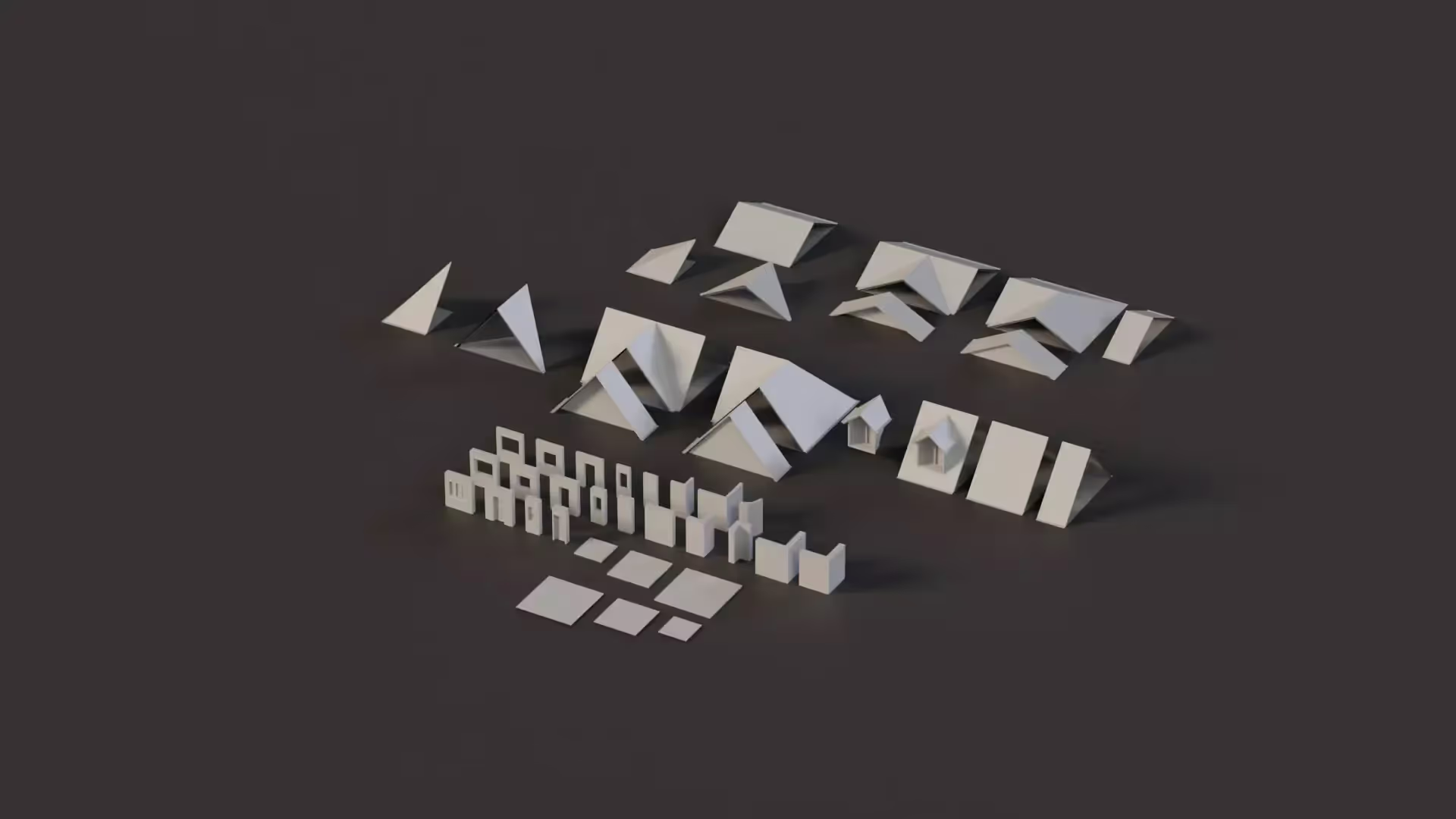Unity DOTS: What is Data-Oriented Design?
Data-Oriented Design (DOD) is a different approach to Object-Oriented Programming (OOP). DOD is the foundation of Unity’s Data-Oriented Technology Stack (DOTS). Without a full understanding of the fundamental concepts of DOD, you can’t use Unity’s DOTS.
In this article, you’ll be provided with all you need to know about Data-Oriented Design in Unity.
First, let’s understand what Object-Oriented Programming is before we can go into how DOD is different from OOP.
What is Object-Oriented Programming?
Object-oriented programming is centered around the concept of classes. It involves structuring your code into real-world entities as objects. Each object has its attributes (data) and methods (functions). Objects are instances of classes. Each instance is unique within the program. This results in lots of individual objects, which is not efficient for CPUs. In OOP, code is organized into classes that can be reused in other programs.
Now, let’s look at Data-Oriented Design
What is Data-Oriented Design?
In Data-Oriented Design, data is prioritized as opposed to OOP which focuses on classes. DOD focuses on the organization and management of data in memory for efficient CPU processing. It uses the Entity Component System (ECS) to separate the data into components, and then the systems iterate across the data to transform the data as required. This minimizes memory access times enhancing performance.
How is DOD different from OOP?
From their definitions, you can pick out their differences. DOD emphasizes organizing and managing data efficiently while OOP focuses on real-world entities referred to as objects. DOD organizes data in arrays for processing in batches resulting in much faster processing while OOP organizes code around classes which are reused through inheritance resulting in slower processing.
You don’t need the OOP concepts like; encapsulation, inheritance, polymorphism, and abstraction to work with DOD. DOD is guided by principles of performance optimization and parallel processing using concepts such as the Entity Component System (ECS).
Data-Oriented Design in Unity
In Unity, Data-Oriented Design is the basis of Unity’s DOTS. Understanding DOD will launch you into writing DOTS code in Unity. Here are fundamental key principles to understanding DOD:
- Since DOD depends on data, prepare and work out the data you need first, data that is relevant to the game’s entity behavior. Understand how you want to group and organize the data, and the systems you want to use before you begin to write codes.
- Make sure your data design is optimizable. That is, designed in a memory-efficient way, reducing memory caches, and enhancing performance.
- Using DOD is an iterative process. Therefore, continue iterating until you achieve your desired performance.
Benefits of Data-Oriented Design in Unity
With DOD, be rest assured of improved performance. DOD significantly improves the performance of applications leading to enhanced user experience. DOD gives developers the chance to handle complex games better. Unity applications built with DOD have better memory management due to parallel processing and multithreading.
Conclusion
The learning curve of DOD might be steep, but all in all, it’s worth it. It’s a powerful approach to the development of high-performance applications in Unity. As a Unity game developer, you should embrace the concept of integrating DOD into your applications to unlock the full potential of your applications.
.avif)
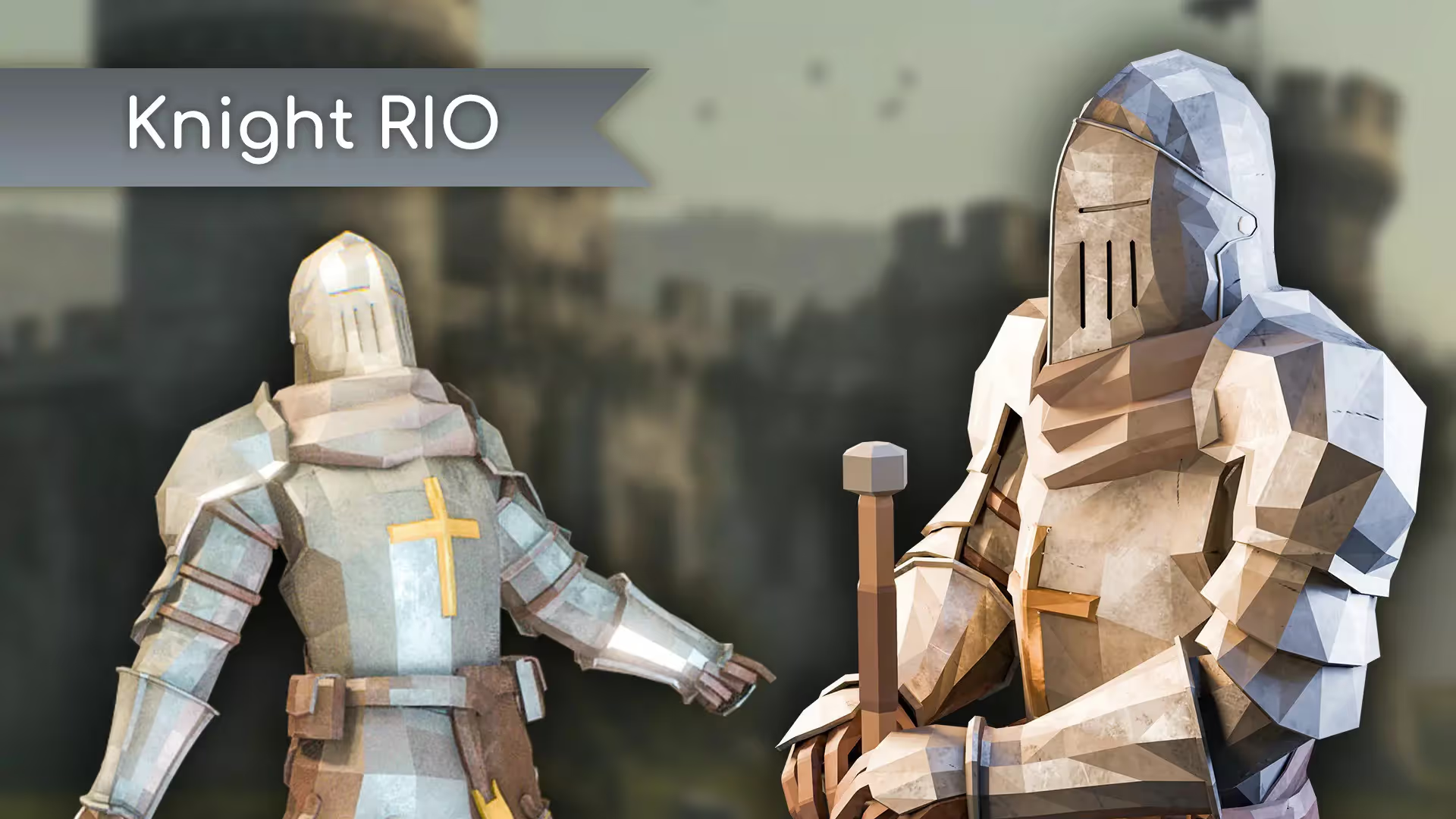

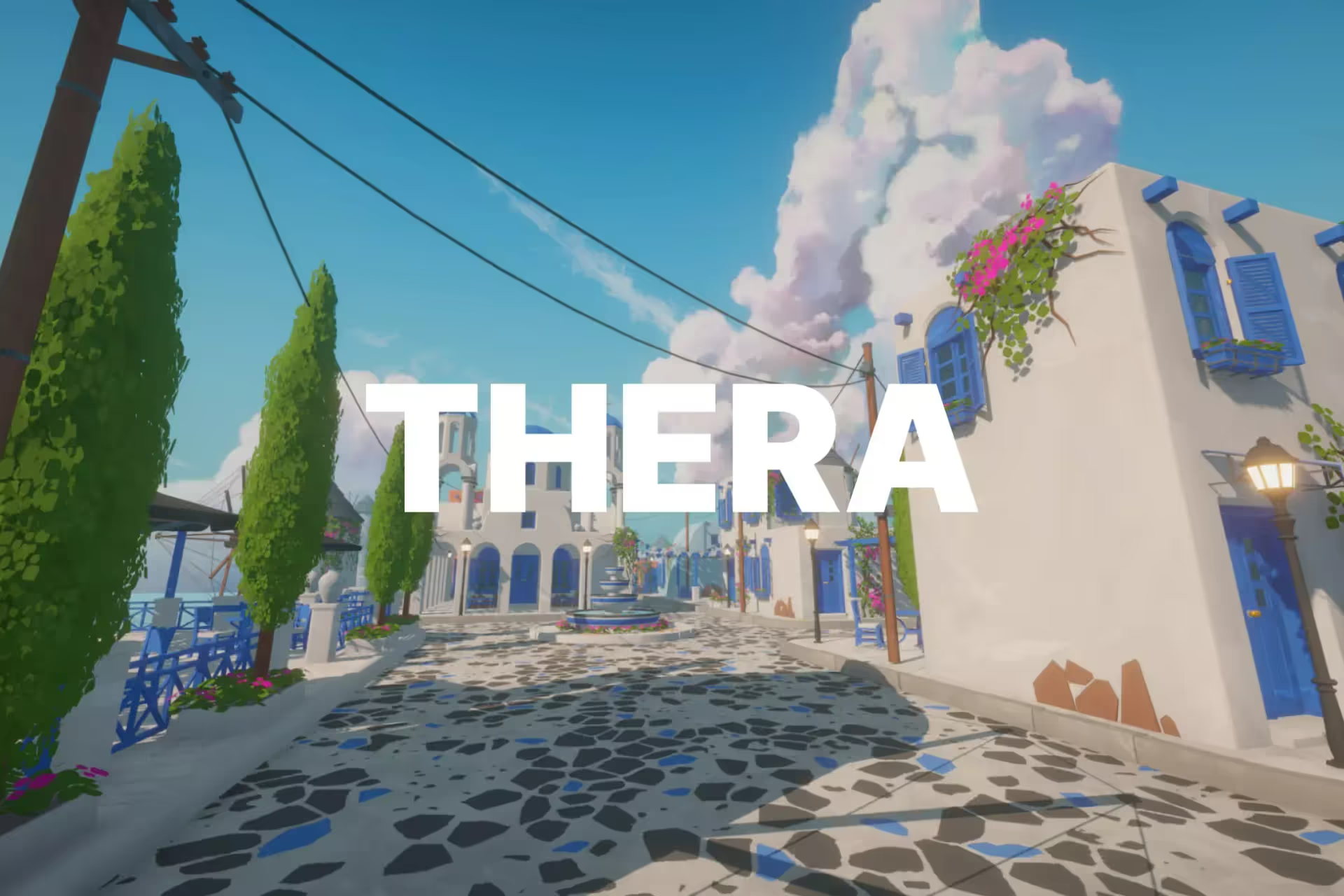
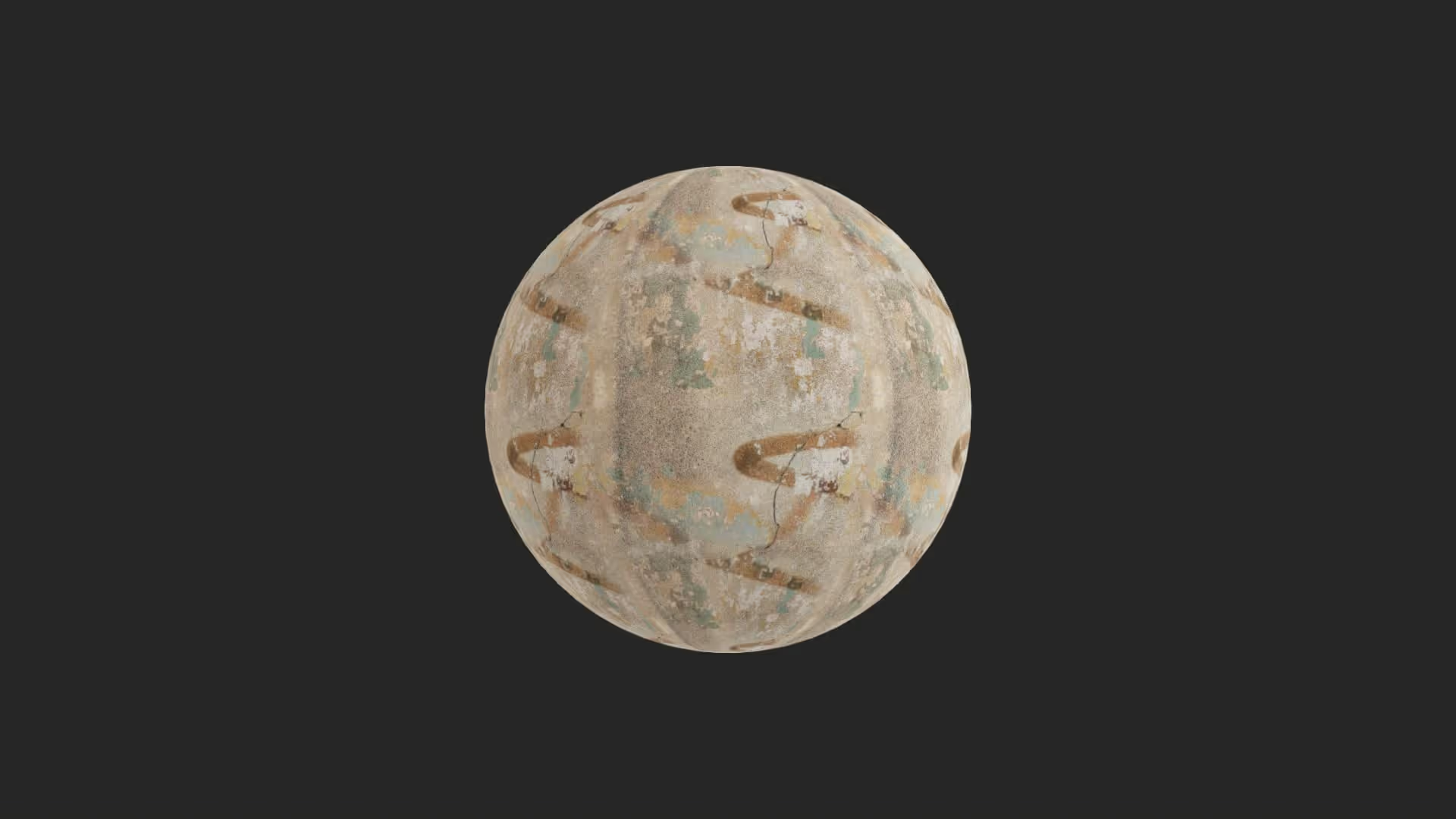



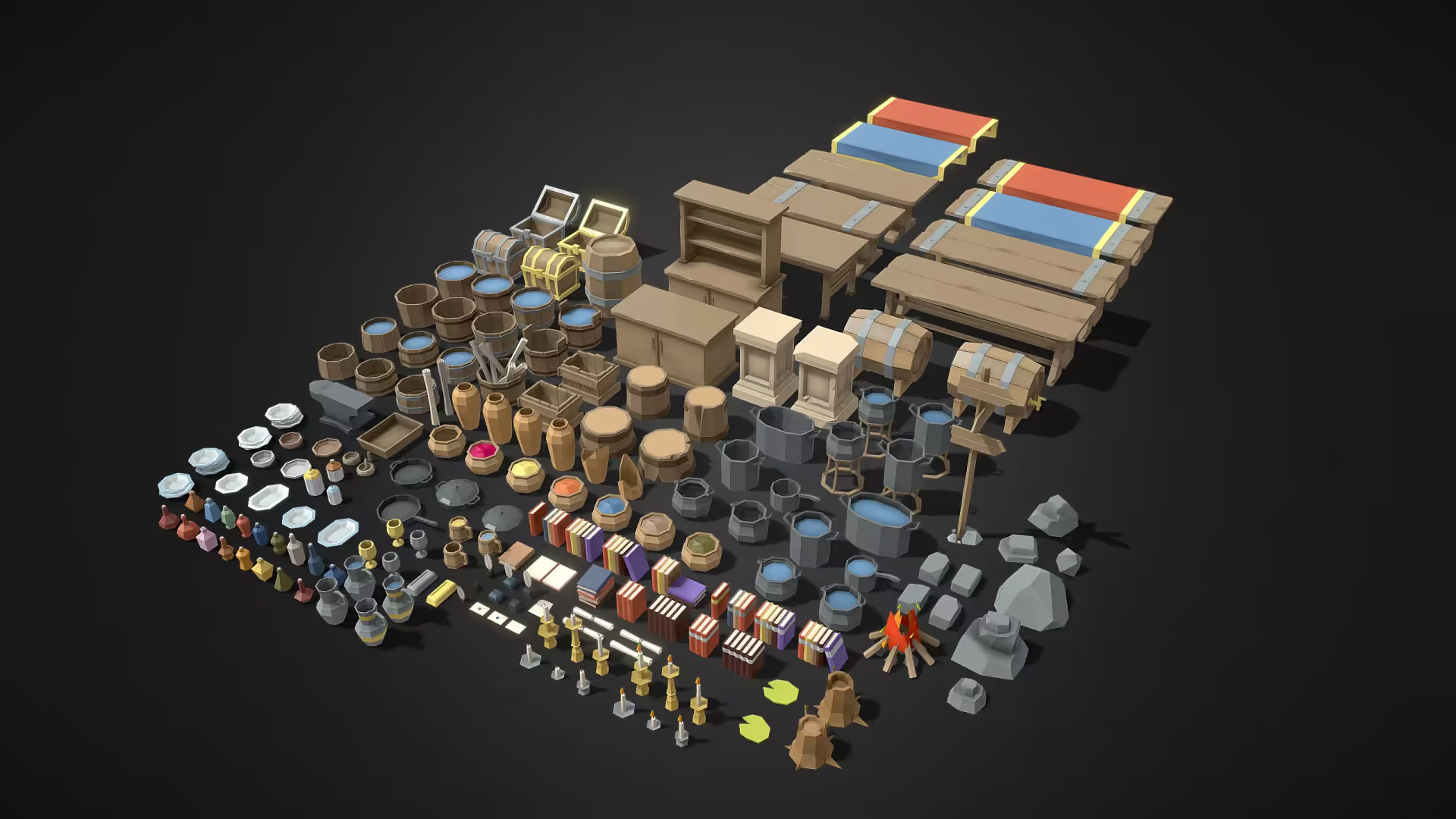

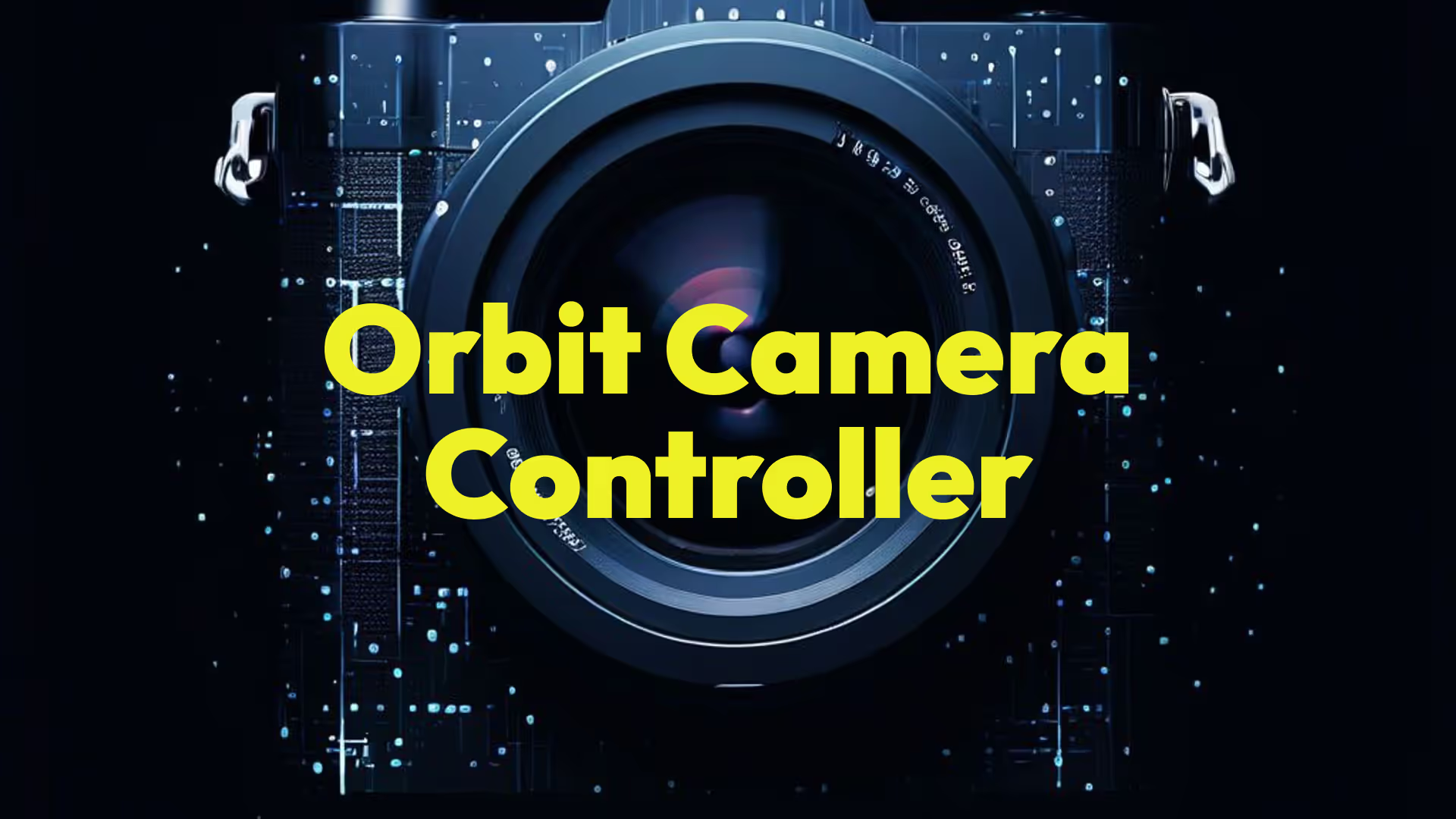


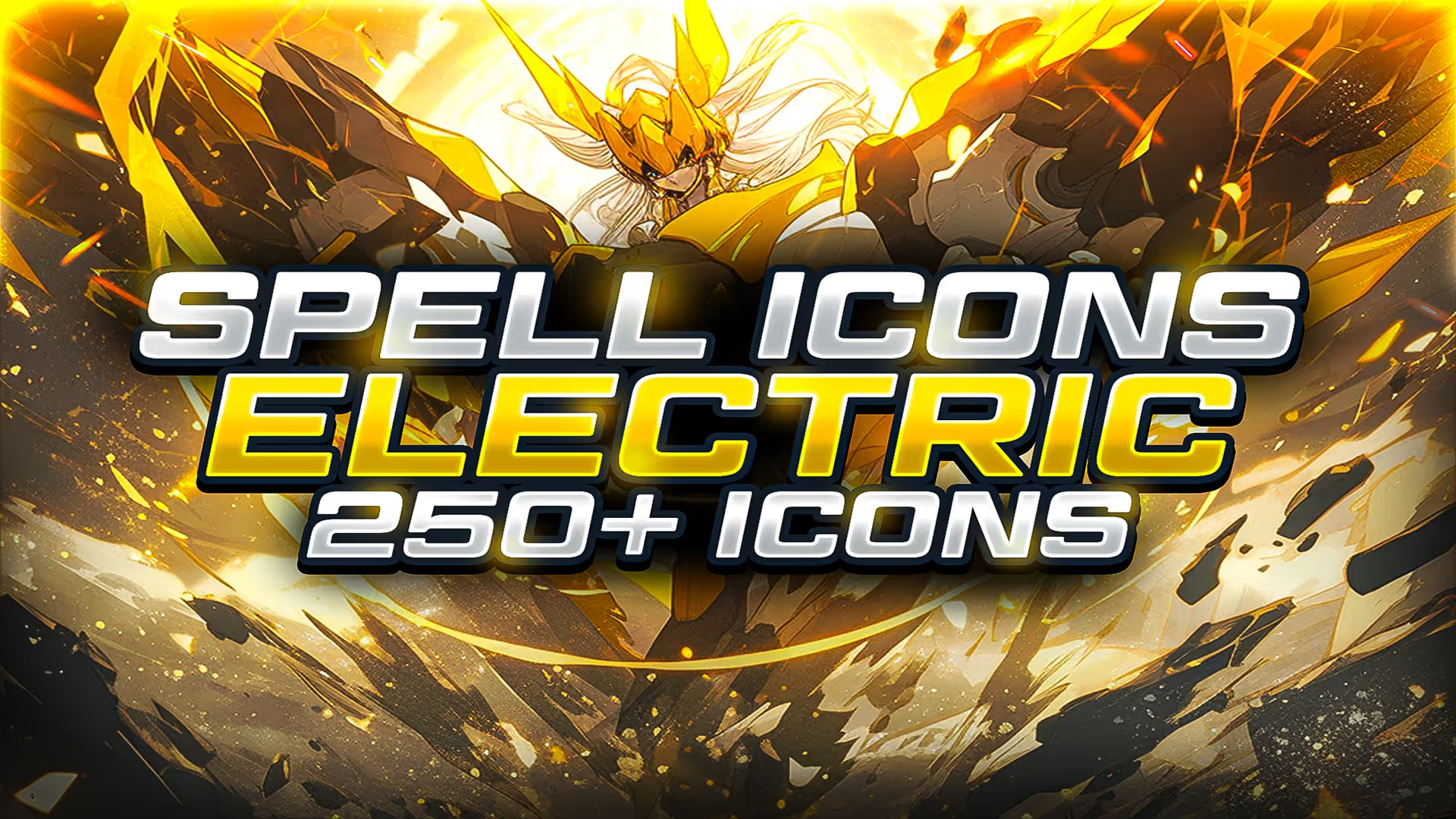
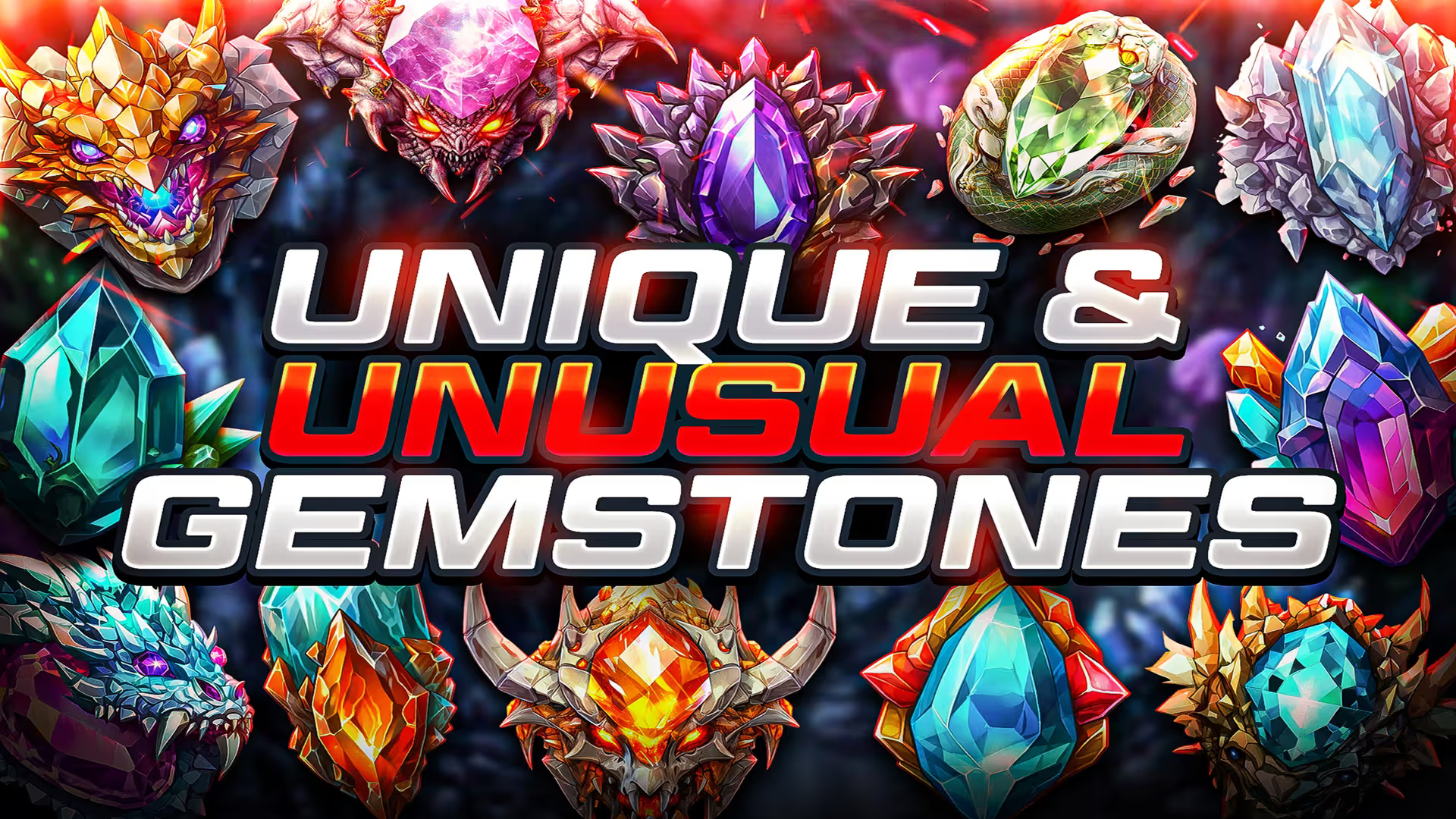


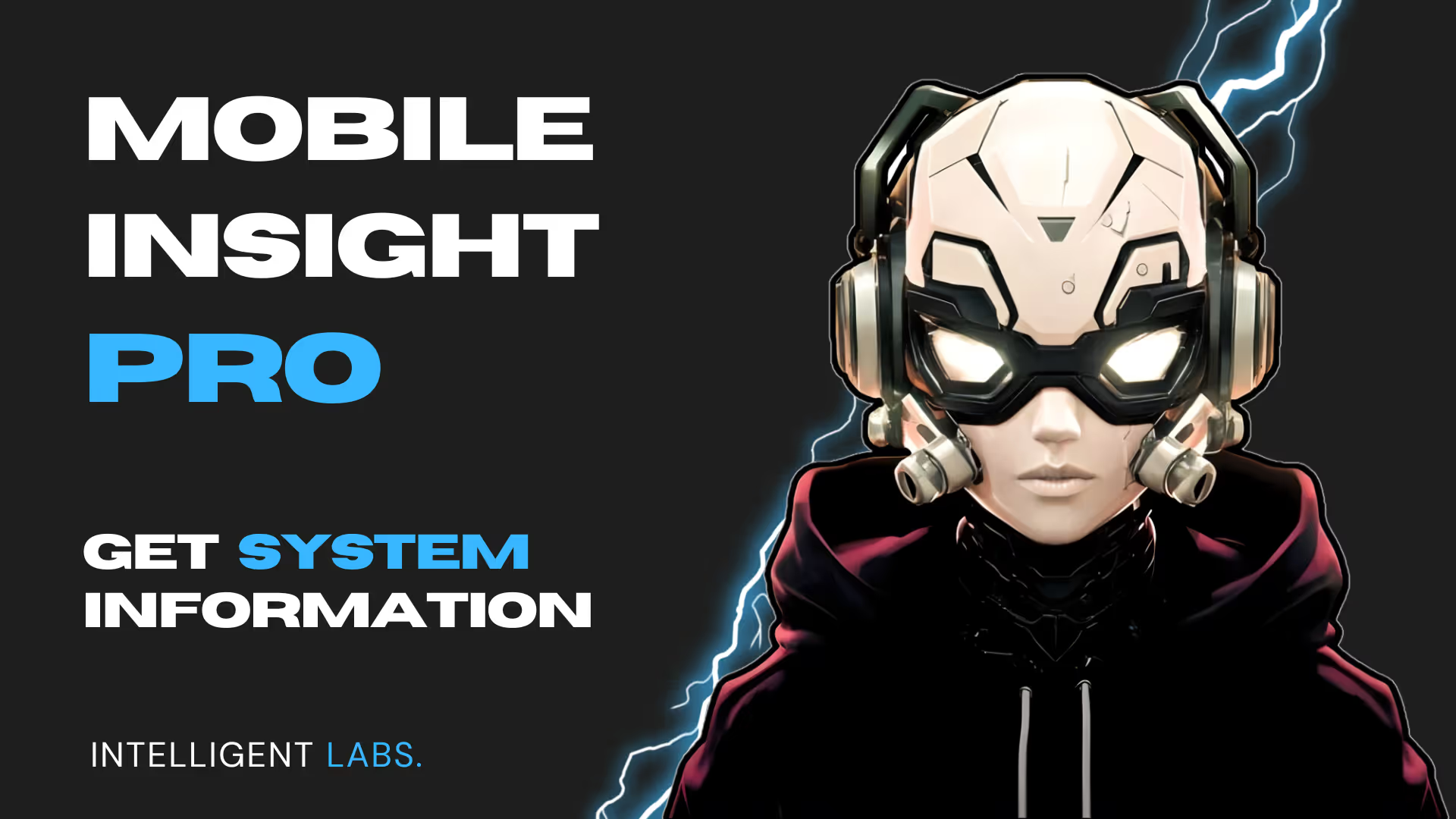

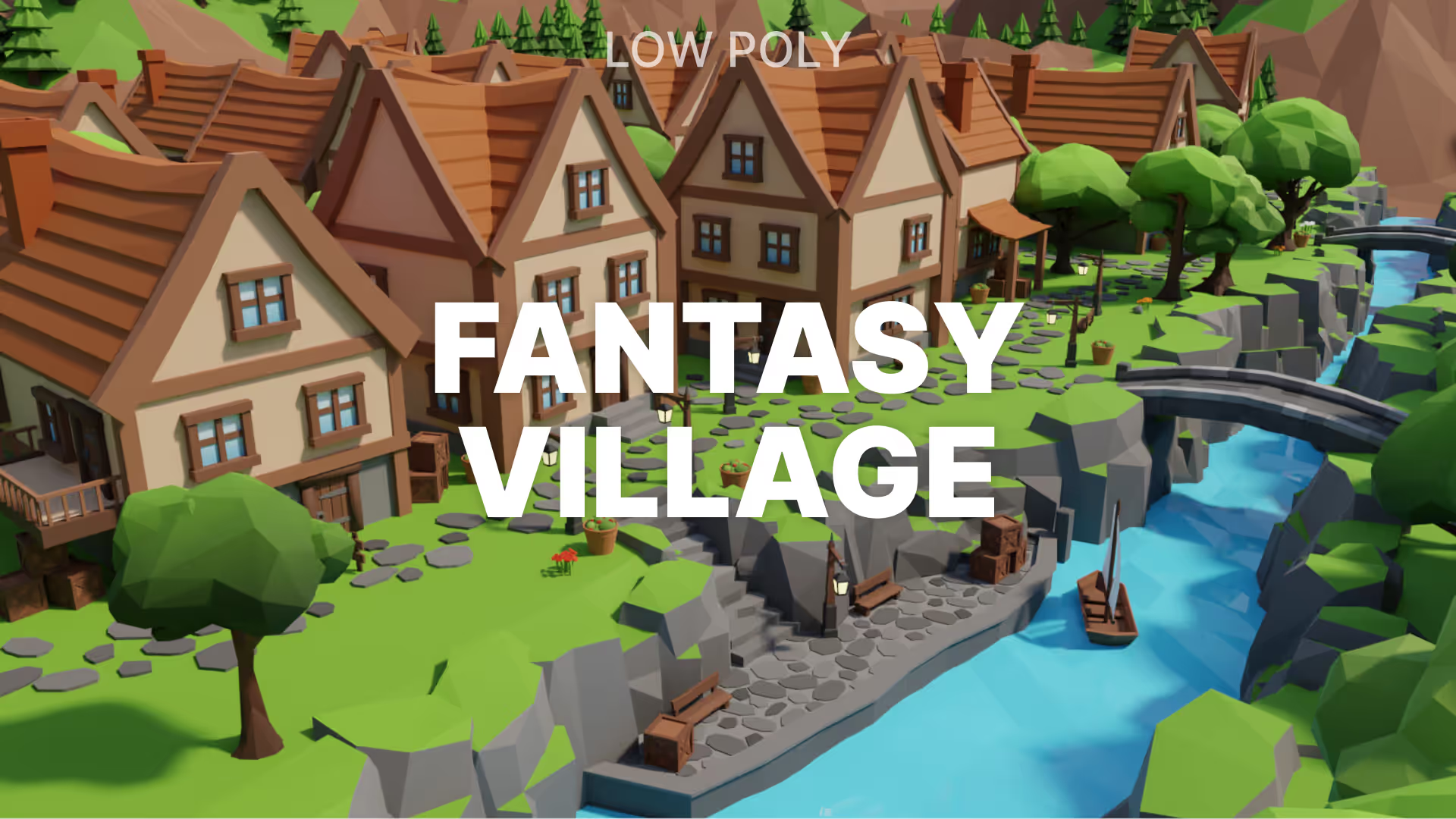

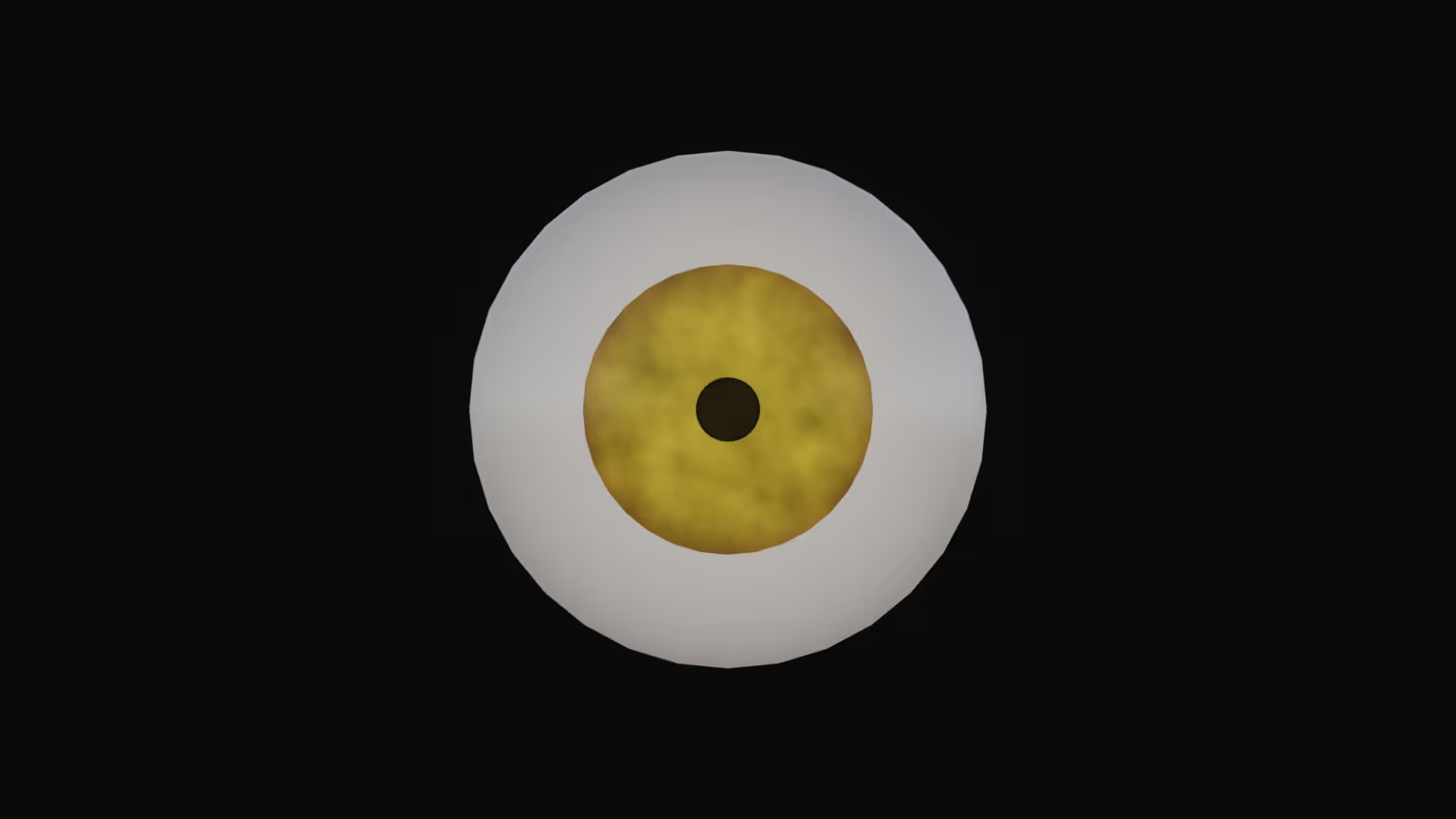
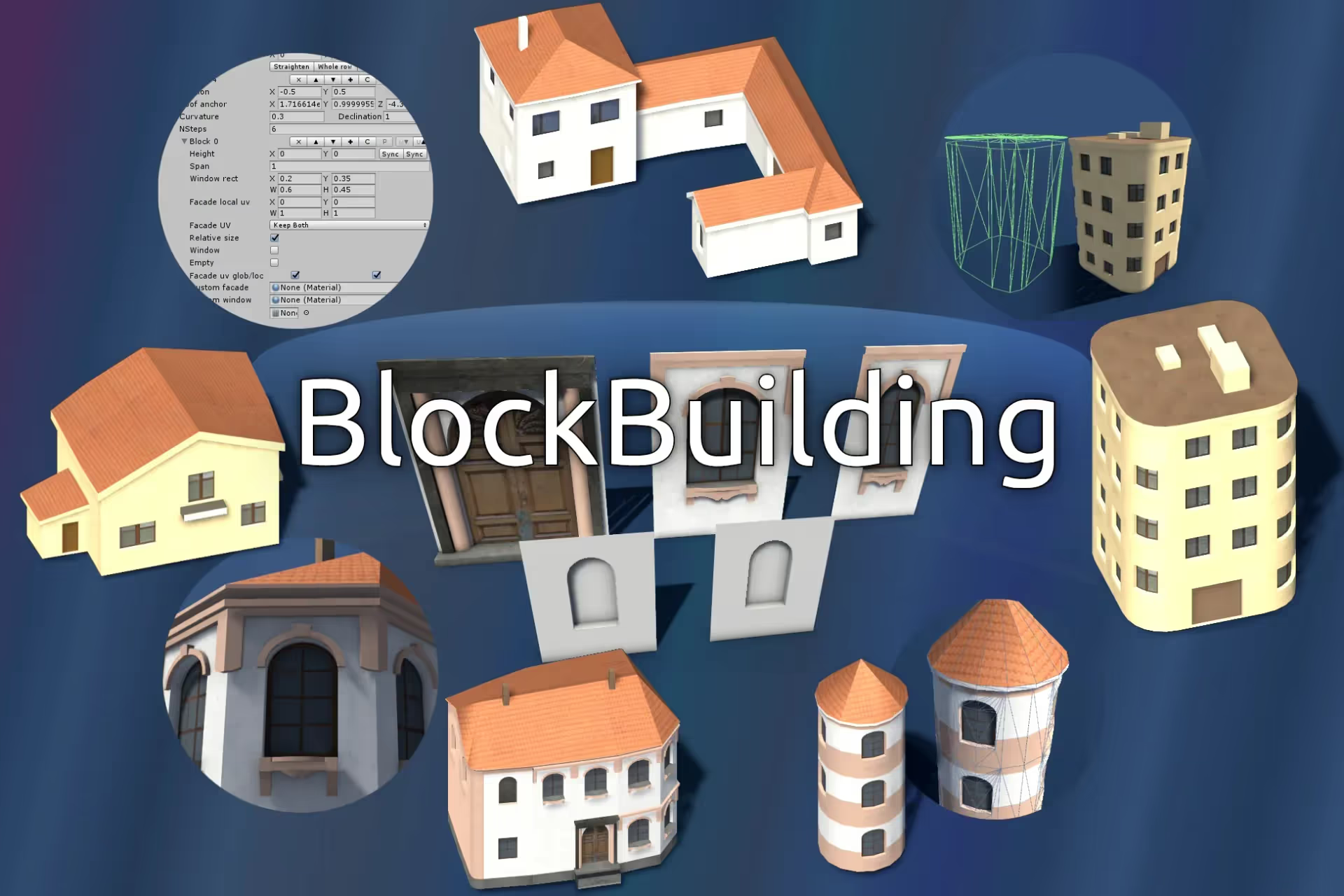

.avif)
